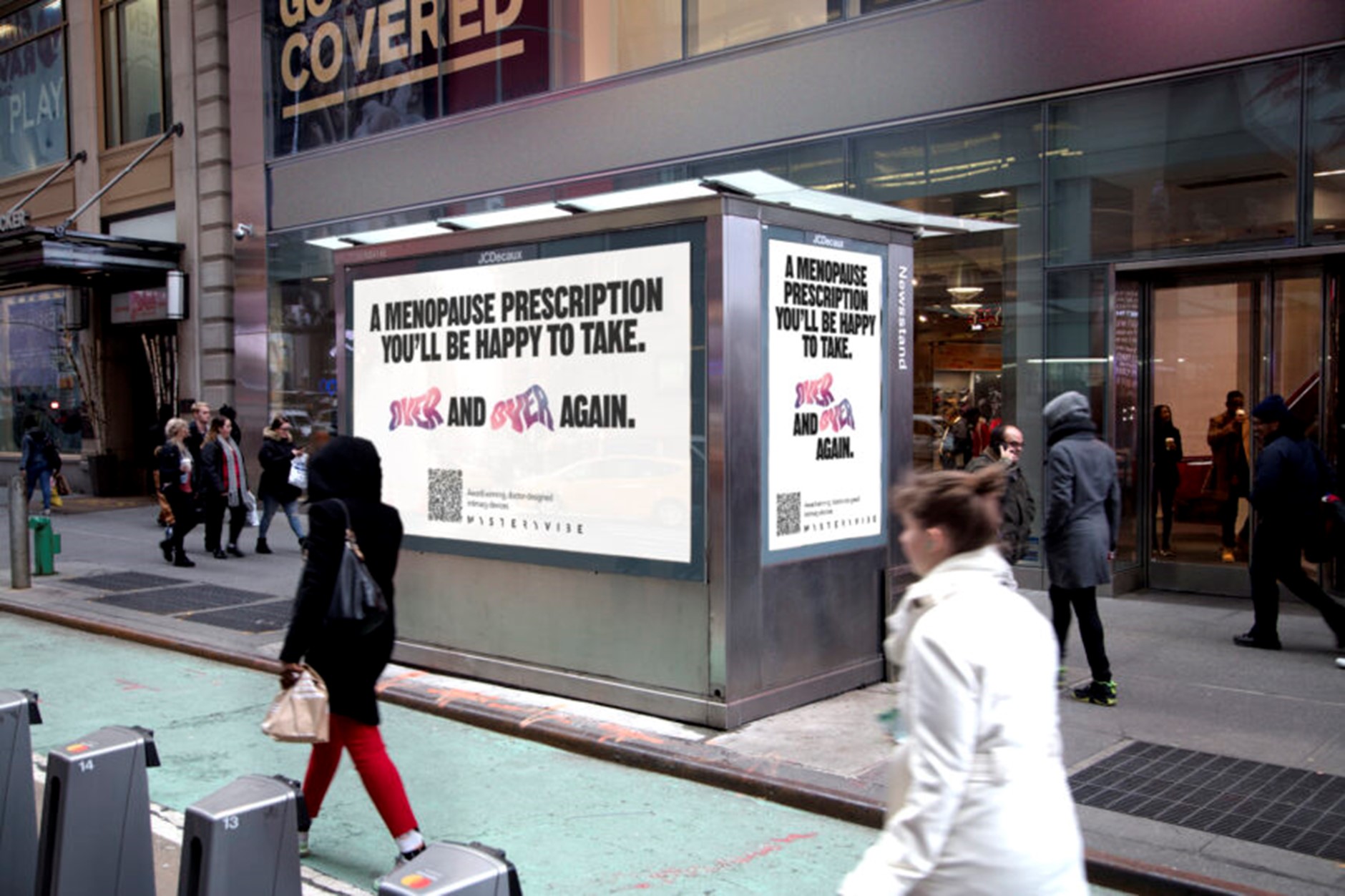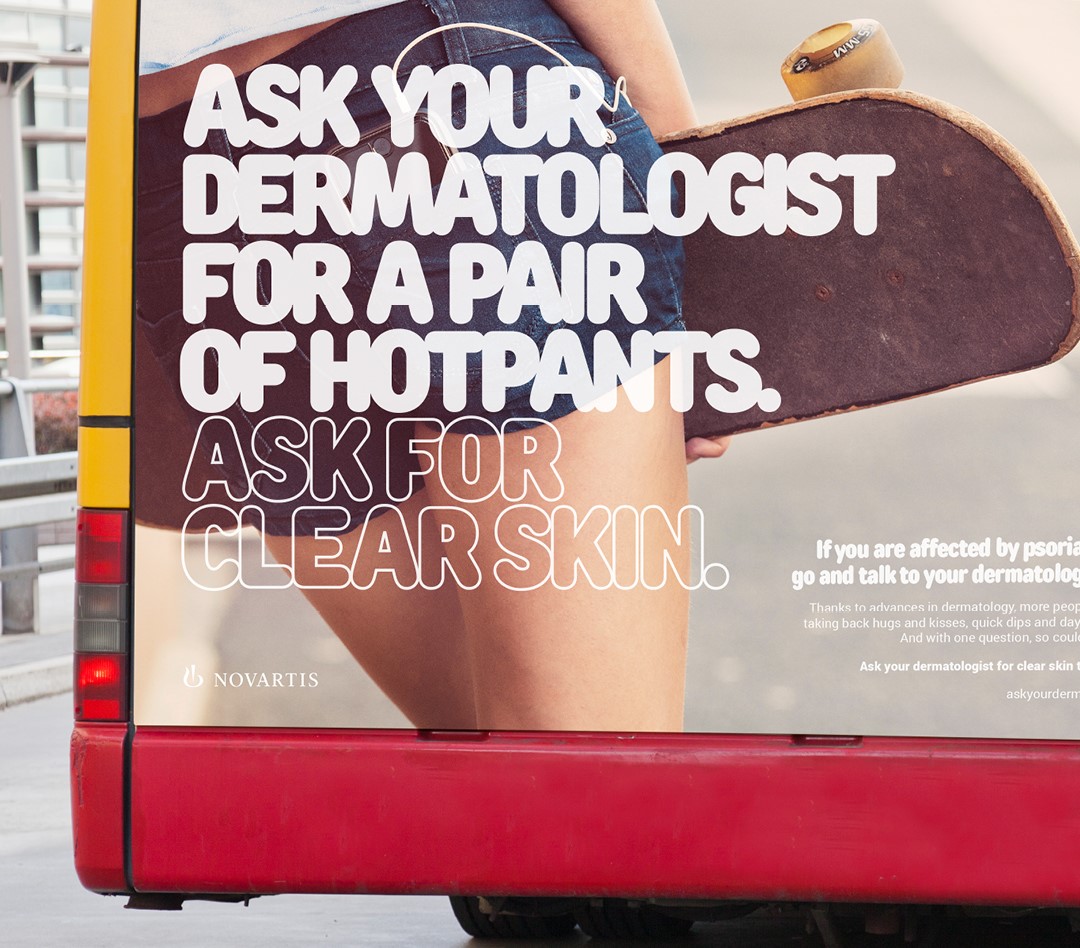24th February 2025
BlogPatient influence and advocacy isn’t new. It’s been campaigned for and championed by organisations since the 1950s. And its impact has been nothing short of life-saving.
In the 1980s, grassroots organisation ACT UP became a formidable force in the fight for patient rights during the early years of AIDS epidemic1. Their collective action, advocacy, and innovation transformed HIV from a death sentence into a manageable chronic condition2.
In the early 2000s, a high-profile protest by cancer patient Barbara Clarke about access to Herceptin – a breakthrough breast cancer treatment – quickly snowballed into a social movement. With intense media coverage, legal action, petitions, and marches, the campaigners successfully pressured the government into fast-tracking NHS-access to the drug3.
Today, there are ribbons of every colour to represent whatever disability, disease, charity, or organisation you want to lend your support to. But in this noisy digital age, does patient influence still pack a punch?
According to our Head of Patient Voice, Matt Eagles, who was diagnosed with Parkinson’s at the age of 7, it’s more powerful than ever: “Patient groups, podcasts, webinars, social media posts have all influenced policy, even at government level. No longer are patient communities passive consumers of healthcare, they are active, driven, and passionate about improving health outcomes for all”.
Activating patients to take charge
Despite its growing importance, patient influence is still under-valued. Many pharma companies prioritise targeted, brand-led advertising campaigns over patient-led communications. But for certain audiences, the patient voice is what really cuts through. Our proprietary dataset, Point.1, shows it’s one of the most influential factors for millennial healthcare professionals (mHCPs) when choosing a brand at the point of prescription – with less than 1 out of 5 trusting any pharma-branded content4.
It’s clear that patients have a crucial role to play, not just in their own empowerment and advocacy, but also in influencing HCPs, care pathways, and even the treatment they receive.
In order to do this, they need to be part of your communications strategy from the start. It’s also important to distinguish between patient education and activation campaigns. Patient education provides information about diseases, treatments, or how particular drugs work. Patient activation is about equipping patients with the skills, confidence, and motivation to actively manage their health. Activation is an essential component of modern healthcare communications.
At Lynx, we’ve spent decades specialising in patient activation to help our clients unlock the power of patient influence. Last year, we launched our specialist US agency, Havas Lynx Hudson (née Havas Lynx New York), to focus on patient activation in complicated ex-US markets5.
Here are a couple of campaigns that have patient activation at their heart. For further information on the campaign and results, please get in touch.
Masturbation as Medicine6

Studies show that nothing helps a post-menopausal women’s sexual health more than orgasm. So what if it was available on prescription?
We partnered with MysteryVibe, a company that developed the first doctor-designed, FDA approved intimacy device, and Professor Joyce Harper, an award-winning Professor of Reproductive Science at the Institute for Women’s Health, UCL. Our goal? To reposition masturbation as medicine. With a ground-breaking campaign, we highlighted the health benefits of pleasure, challenged the stigma of menopause, and empowered women to take charge of their sexual wellbeing. The campaign reached 2.3 million people – and got masturbation on the prescription pad around the world.
Ask Your Derm

As dermatology has advanced, so have treatment goals. Today, dermatologists expect clear or almost clear skin. However, an international patient survey showed that lots of people living with psoriasis simply don’t believe that clear skin is achievable. This means many wait too long to get the treatment they deserve.
Ask Your Derm is a global patient activation campaign developed with patient and professional associations, including Europso (the European umbrella organisation for psoriasis movements). Based on patient insight about how being psoriasis-free would change their lives, the campaign empowers patients to ask their derm for clear skin.
Ask Your Derm is endorsed by all European association. It reached over 12 million people in the first 3 months, with 44% of dermatologists reporting a positive impact on their clinic, and 23% of patients switching treatment7.
Anatomy of Patient Activation
When you’re thinking about patient influence and patient activation, there are a few things to consider.
1. Lived experience
Successful activation starts with a deep understanding of the patient. Forget n=5 sample sizes. You need to dial things up to a scale where inequalities reveal themselves, where normalisation masks reality and where cultural nuance stands in the way of better outcomes. It often means digging into the HCP experience too, which is where our Point.1 dataset is invaluable.
2. Clarity of focus
Activation shouldn’t be divorced from the rest of your communication platform. You need a single, unifying thought that ensures patients and HCPs are on the same page and come to the same conclusions. It should be easy to act upon, ownable and simple, like ‘Ask your Derm’. Getting it right is an art, and we’ve spent a lot of time perfecting it.
3. Partnerships
Collaboration is key to creating communications that resonate. This is why working with Patient Advocacy Groups (PAGs), influencers, and content creators is so important. To champion change, it’s important to consider what are the most relevant cultural interventions (soap operas, events, partnerships etc.), and to identify who and what is influencing the patient.
4. Effectiveness
It’s a common misconception that patient influence can’t be measured. It absolutely can and you’d be mad not to. It requires a shift from focusing on deliverables to focusing on desired outcomes. What are you trying to achieve? From there it’s a little leap to define how you’ll measure effectiveness. It might be treatment switches, sales, screenings, or diagnoses.
We’re living in changing times. And whatever happens over the coming weeks and months in a certain part of the world, patient influence is a critical part of our healthcare communications toolkit. It’s chronically under-utilised, measurable, and most importantly, is proven to improve health outcomes8.
This article was written by Claire Knapp, CEO at Havas Lynx.
For more information on any of the campaigns or points discussed in this article, please reach out to europe@havaslynx.com.
Sources:
- https://www.history.com/news/act-up-aids-patient-rights
- https://rocofilms.com/films/how-to-survive-a-plague/
- https://pmc.ncbi.nlm.nih.gov/articles/PMC2653700/
- https://havaslynx.com/point1-millennial-hcp/
- https://havaslynx.com/news/havas-lynx-expands-into-north-america/
- https://www.mmm-online.com/home/channel/campaigns/over-and-over-again-campaign-combats-taboos-around-menopause-masturbation/
- https://havaslynx.com/our-work/ask-your-derm/
- https://www.careinnovations.org/wp-content/uploads/2018.05.23_Patient-Activation_Hibbard_What-the-Evidence-Shows_Pt-Act_hlthaff_2013.pdf
